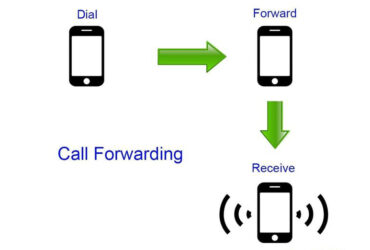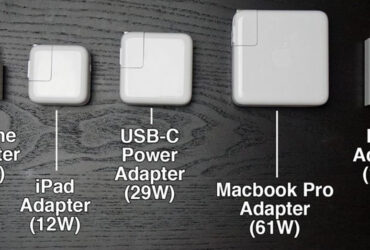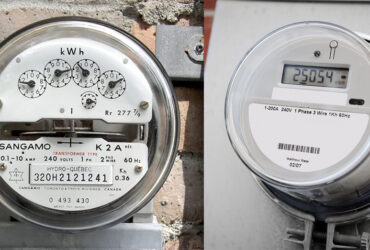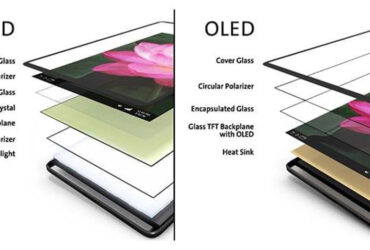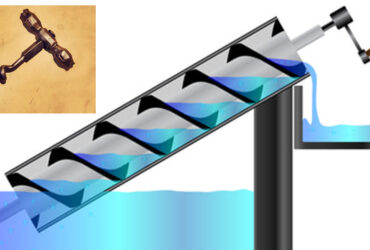Radio refers to the transmission of electromagnetic waves, which are invisible to the naked eye, as signals. These electromagnetic waves can pass through the electromagnetic field in the atmosphere and in a vacuum. Frequency of the wave; It transports information by systematically adjusting values such as Amplitude and Phase.
When these radio waves pass through a conductor, they cause an oscillation and create an alternating current inside the conductor. This current can be captured and converted into sound or other signals that carry information.
Electromagnetic waves and their experiments; Wireless communication and its technological development; The term “radio” has become more widely used in conjunction with significant developments, such as radio broadcasting and marketing efforts.
Many inventors; Engineers Additional upgrades; As more and more businesses acquired the advanced technology of this radio, the origins of radio science and who invented it have become controversial.

Scottish scientist James Clark Maxwell developed the basic theory to explain the concept of electromagnetism. He predicted that electromagnetic waves could be combined with two electromagnetic waves.
In 1888, German scientist Heinrich Hess recorded that the Sparkgap Transmitter could be used to generate and transmit radio waves at extremely high frequencies. In 1893, Nikola Tesla demonstrated the principles of wireless communication technology for the first time in the United States.
Tesla then patented the technology in the United States. At the time, the fact that Marconi sued the US government over the patent for its equipment during World War I was considered influential by Tesla. Physicists and inventors John Stones and Alexander Stanovitzpopa described Tesla as the pioneer of wireless communication.
In August 1894, Oliver Lodge, an English physicist, and author, began broadcasting radio signals at a meeting of the British Scientific Development Association at Oxford University. In 1895, the Italian inventor, Gat လီllie Momaconi, further upgraded the wireless communication system into a marketable system.
In 1896, the British Patent Office granted the world’s first wireless telegraph patent. Scholars and historians thanked Marconi. He and Carl Ferdinand Brown were awarded the 1909 Nobel Prize in Physics for their contribution to the development of the wireless telegraph. In 1943, the United States Supreme Court overturned Marconi’s wireless telegraph patent and returned the patent to Nikola Tesla.






